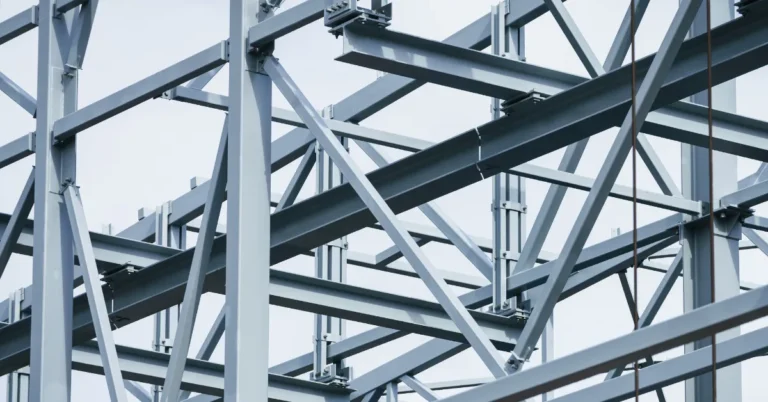
The steel sector, while essential for various industries, faces several challenges that impact its operations and long-term sustainability. These challenges encompass economic, environmental, and technological aspects, influencing the sector’s ability to adapt and thrive in a rapidly evolving global landscape.
- Market Volatility:
- The steel industry is highly susceptible to market fluctuations, including changes in demand, geopolitical uncertainties, and economic downturns. Rapid shifts in global demand for steel can lead to overcapacity, affecting pricing and profitability for steel producers.
- Raw Material Price Fluctuations:
- The steel production process relies heavily on raw materials such as iron ore and coking coal. Fluctuations in the prices of these raw materials can significantly impact production costs, posing challenges for steel manufacturers to maintain competitive pricing.
- Overcapacity:
- Overcapacity in the steel industry, often driven by increased global production, can result in excess supply, leading to price wars and financial strain on companies. Addressing overcapacity requires effective coordination among steel-producing nations.
- Environmental Regulations:
- The steel sector faces growing scrutiny and pressure to reduce its environmental impact. Meeting stringent environmental regulations, such as emissions reduction targets and sustainable production practices, presents a challenge that necessitates significant investments in cleaner technologies.
- Technological Disruption:
- Rapid technological advancements, including innovations in materials and manufacturing processes, pose challenges for traditional steel producers. Adopting new technologies is essential to staying competitive, but it requires substantial capital investment and a willingness to adapt to changing industry norms.
- Trade Barriers and Tariffs:
- Trade tensions and the imposition of tariffs on steel imports and exports can disrupt global supply chains and hinder market access. Negotiating and navigating trade barriers is a persistent challenge for the steel sector, impacting international trade dynamics.
- Skills Shortage:
- The steel industry requires skilled labour for various functions, including manufacturing, engineering, and technology management. Addressing the shortage of skilled professionals is crucial for maintaining operational efficiency and innovation within the sector.
- Energy Costs and Efficiency:
- Steel production is energy-intensive, and fluctuations in energy costs can significantly impact overall operational expenses. Balancing the need for energy efficiency with the costs associated with adopting cleaner technologies is a complex challenge for the industry.
- Global Economic Uncertainty:
- Economic uncertainties and geopolitical tensions can influence steel demand and investment decisions. Navigating the complex global economic landscape requires resilience and strategic planning to mitigate the risks associated with economic downturns.
- Circular Economy Practices:
- Embracing principles of the circular economy, such as recycling and reducing waste, presents both an opportunity and a challenge for the steel sector. Transitioning towards a more sustainable and circular model requires significant investments and changes in traditional production methods.
Addressing these challenges in the steel sector requires a collaborative effort from industry stakeholders, policymakers, and the research community. Proactive measures, technological innovation, and strategic planning are essential to ensuring the sector’s resilience and sustainability in the face of dynamic global forces.
